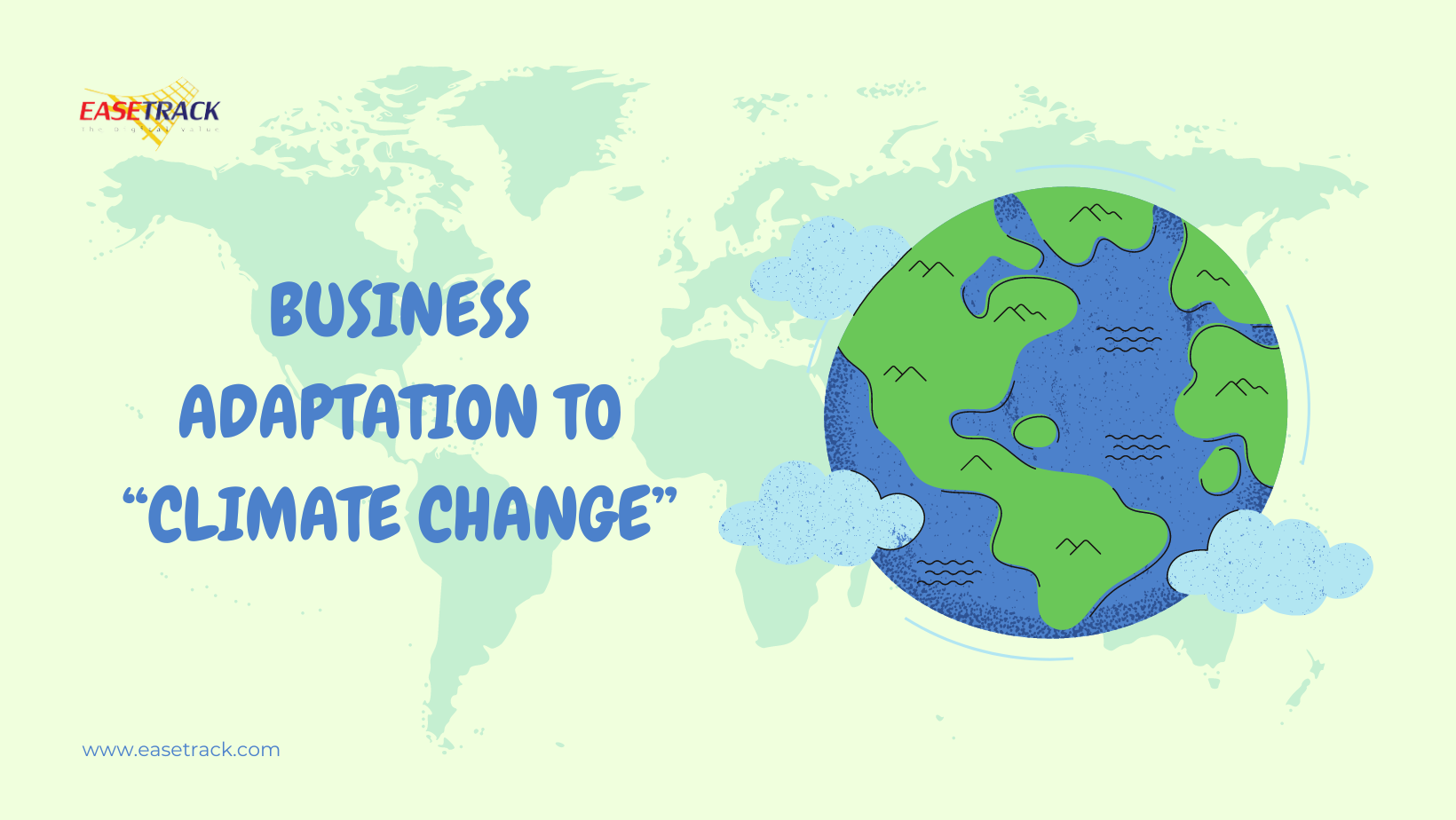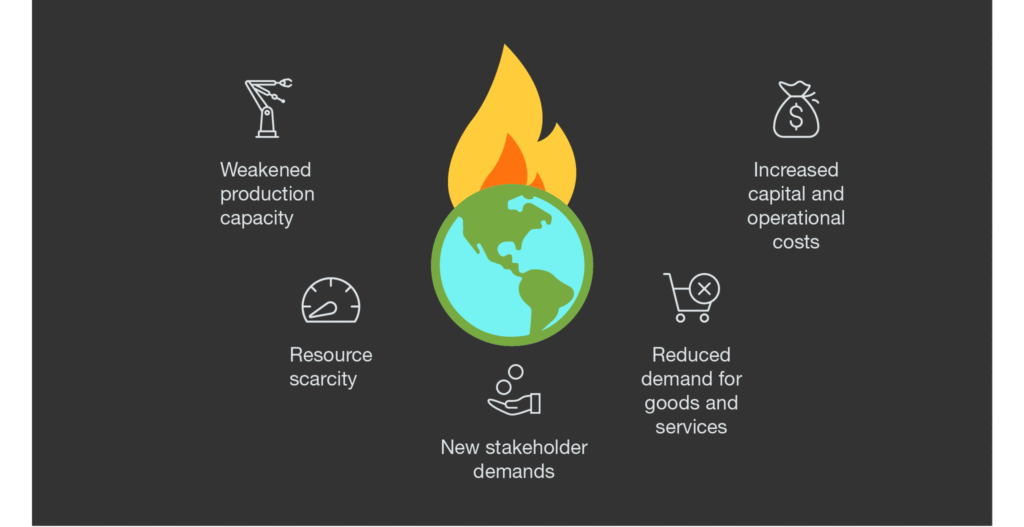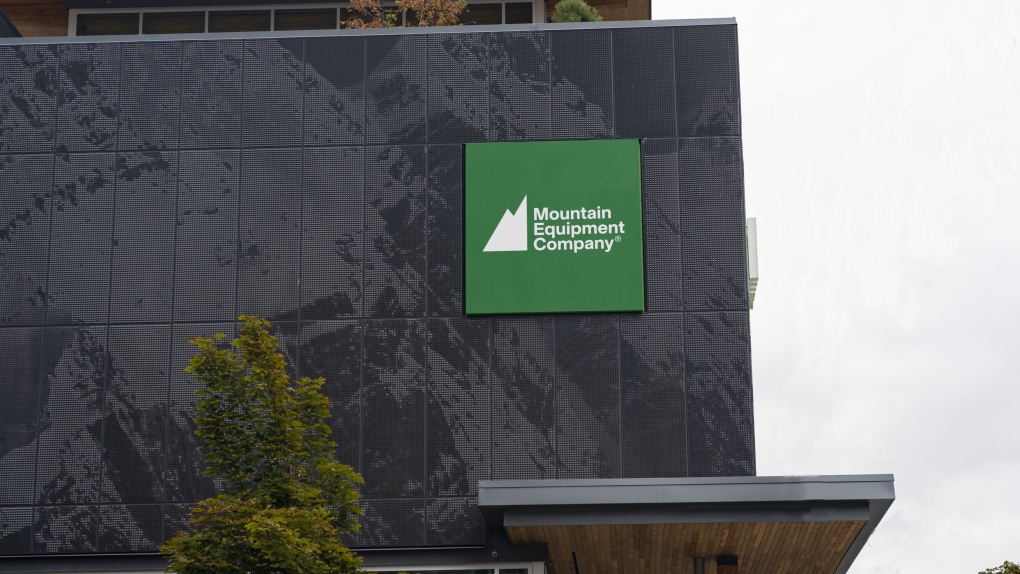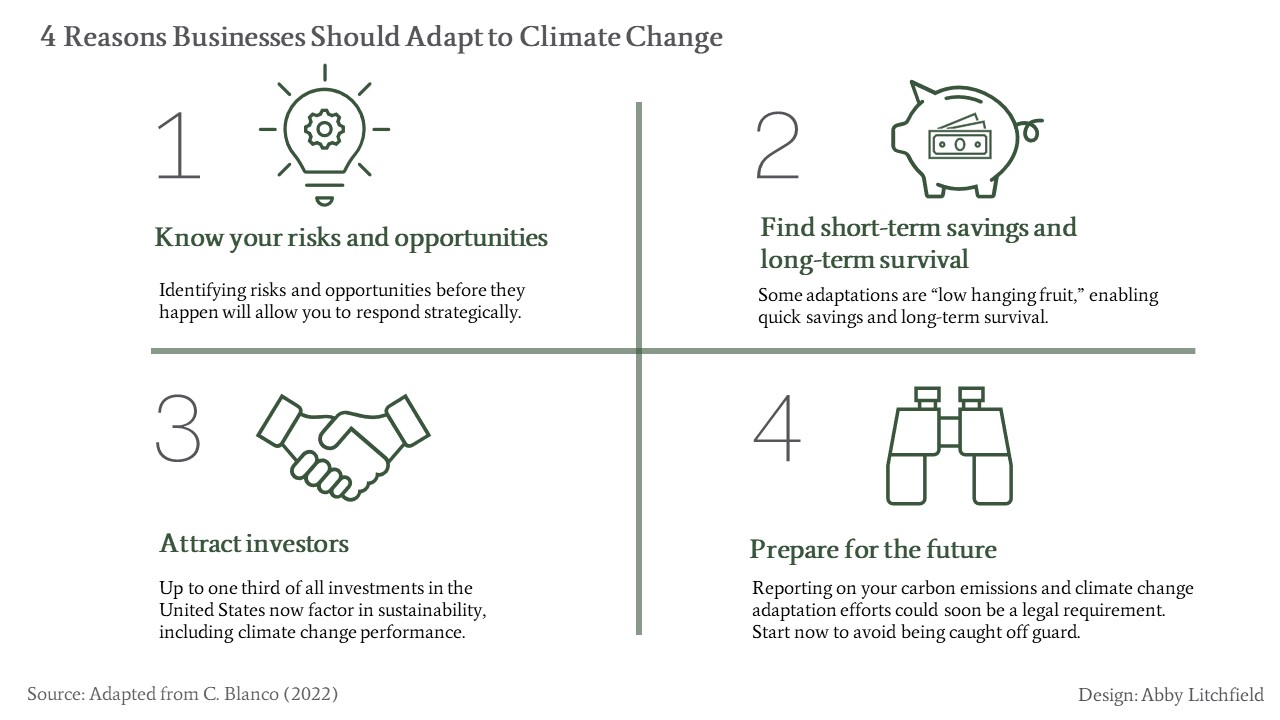
Climate change is already impacting businesses physically and financially. Here’s how you can manage the risks and opportunities.
The Earth is getting hotter; since 1890, scientific evidence indicates that it has warmed by 1.2 degrees Celsius (or 2.2 degrees Fahrenheit). This warming is attributed to the carbon dioxide produced by humans when burning fossil fuels for heat and electricity
If we don’t reduce our carbon dioxide emissions, our climate could eventually warm by 4 degrees Celsius compared to pre-industrial times. While this is an annual average, the actual temperatures will exhibit peaks and valleys. For instance, during a 2010 Russian heatwave linked to climate change, temperatures surged 10 degrees Celsius higher than seasonal norms. That single heatwave resulted in the tragic loss of tens of thousands of lives.
This article describes the significant risks that climate change poses for businesses and explores how businesses can minimize the impact of these risks through climate change adaptation.

What is Climate Risk? – Meaning and Examples
Climate risk refers to the negative physical and financial effects that global warming has for businesses.

Climate risk refers to the negative physical and financial effects that global warming has for businesses.
-
-
- Supply chain disruption: In 2021, a climate change-related typhoon in Malaysia caused local manufacturing to grind to a halt. Because Malaysia packages most of the semiconductors imported by the United States, the typhoon caused a semiconductor shortage that stopped operations for some US automakers.
-
- Higher costs: In 2019-20, Australia’s climate change-related bushfires burned more than 46 million acres of land and cost insurance companies USD 1.3 billion in claim payouts.
-
- Lower sales: Ski companies depend on long winters for sustainable revenue. The warming climate is leading to shorter, warmer winters, which in turn reduces the amount of revenue these seasonal businesses can generate.
-
- Transportation disruption: The Rhine River is one of Europe’s most important transportation channels. In recent years, droughts have led to record low water levels, which have stopped steel companies from shipping product and stopped tourism companies from running river cruises.
-
- Food shortages: Farmers rely on consistent water for crops. This summer, Italy experienced a warm, dry winter. In the spring, the local rivers did not receive their normal influx of melt water and many rivers dried up by early summer. This is expected to reduce Italy’s rice production by 30%. Pakistan and other countries have seen even worse impacts.
-
- Regulatory risk: As these negative impacts continue to grow, public pressure is mounting and governments are beginning to act. For example, in 2022, the U.S. Securities and Exchange Commission announced plans to require all publicly traded companies to report their emissions and climate-related risks. Companies not currently participating in voluntary carbon reporting will soon be scrambling to catch up.
-
The type and the amount of climate risk that companies face varies considerably by sector and location.

What is Climate Change Adaptation?
Climate change adaptation means taking action to reduce the negative impact that climate change will have on your business – or capitalize on the potential opportunities. Adaptation is an unavoidable reality, as climate change is already impacting business.
Companies can also contribute to stopping climate, through “net zero” and other approaches. In fact, stopping global warming is an important part of reducing risk. The two go hand-in-hand.
At this point, adapting to climate change is non-negotiable. But you can choose whether to adapt proactively or reactively.
Proactive adaptation means you try to anticipate how climate change will impact your operations in the future, then plan your response ahead of time. Proactive adaptation, especially when it follows the 10 tips below, increase your company’s resilience to climate change shocks. You will improve your ability to lower risks and capture opportunities.
If you don’t adapt proactively, you’ll have to adapt reactively. That means you simply wait for something bad to happen, then you figure out how to respond.

Examples of Business Adaptation to Climate Change
Mountain Equipment Company (MEC) is an outdoor gear company. They sell everything from raincoats to parkas, and from bikes to skis.
MEC bakes climate change adaption right into their core business processes. Leaders routinely consider climate risks, alongside all other types of risk, in their strategic planning and investment activities.
MEC identified uncertainty in weather patterns as a major risk. They had no way of knowing how the weather would behave, yet weather had huge power over their company. For example:
-
- If seasons become shorter or longer, that changes the demand for seasonal products.
- Extreme weather events could impact their whole supply chain, from increasing the price of raw materials, to interrupting shipping, to flooding stores and distribution centers.
MEC is doing two things to adapt proactively to that risk.
-
- Reduce uncertainty. MEC’s accountants are collecting data from the local weather service and comparing that to their sales data to understand exactly how weather changes impact sales. This information will help them make more informed decisions about their future.
- Strengthen sourcing. They’ve diversified sourcing, finding more than one supplier for the same product or material. If flooding or drought wipes out an area’s cotton supply, they can access other sourcing options. Alternatively, they could help suppliers become more resilient, or draw on more local sources.

4 Reasons Businesses Should Adapt to Climate Change
Climate change adaptation has four key benefits for businesses:
1. Know your risks and opportunities: If you aren’t intentionally looking for risks and opportunities, they will likely remain invisible.
For example, in 2007 Walmart began reporting on its climate performance to an organization called CDP. CDP requires reporting companies to identify their climate-related risk and opportunities.
At the time, Walmart thought its risks were relatively low – but they were wrong.
Climate change brought Walmart many risks – and opportunities. Risks include:
-
- Higher cooling and refrigeration costs because of higher outside temperatures.
- Increased financial burden from carbon taxes.
- Higher supply costs because of global food shortages and transportation holdups.
On the bright side, they can generate new sales from innovative low-carbon products.
Conducting their risk assessment made them readier for whatever the future brings.
2. Find short-term savings and survival: Businesses can often find ways to adapt that bring short-term financial payback and enable future stability and survival. For example, Suncor is reducing its water withdrawal from the Athabasca River through more efficient operations. That means lower input costs now and less risk of water shortages as the Athabasca’s water supply becomes less stable.
3. Attract investors: Investors increasingly want to know that the companies they buy into are adapting to climate change. These investors know that climate change will impact companies’ bottom lines, and therefore shareholder earnings. Up to one third of all investments in the United States now factor in sustainability, including climate change performance.
4. Prepare for the future: Soon climate change adaptation may be non-negotiable. Both the United States and the European Union are making climate reporting a ‘must’ for publicly traded companies. If you identify and adapt to your risks and opportunities now, you won’t be caught off guard when it becomes mandatory.
Summary
Businesses must adapt in the face of climate change by importing policies and measures that are compatible with climate poverty. and develop business innovations that help reduce environmental impacts Businesses should use technology that reduces energy use or use renewable energy and create innovations that support business identity adjustment In addition, natural resource management Development of environmentally friendly products and services and recognizing green market demands is an important part of business adaptation in the era of climate change.
Source : nbs.net
